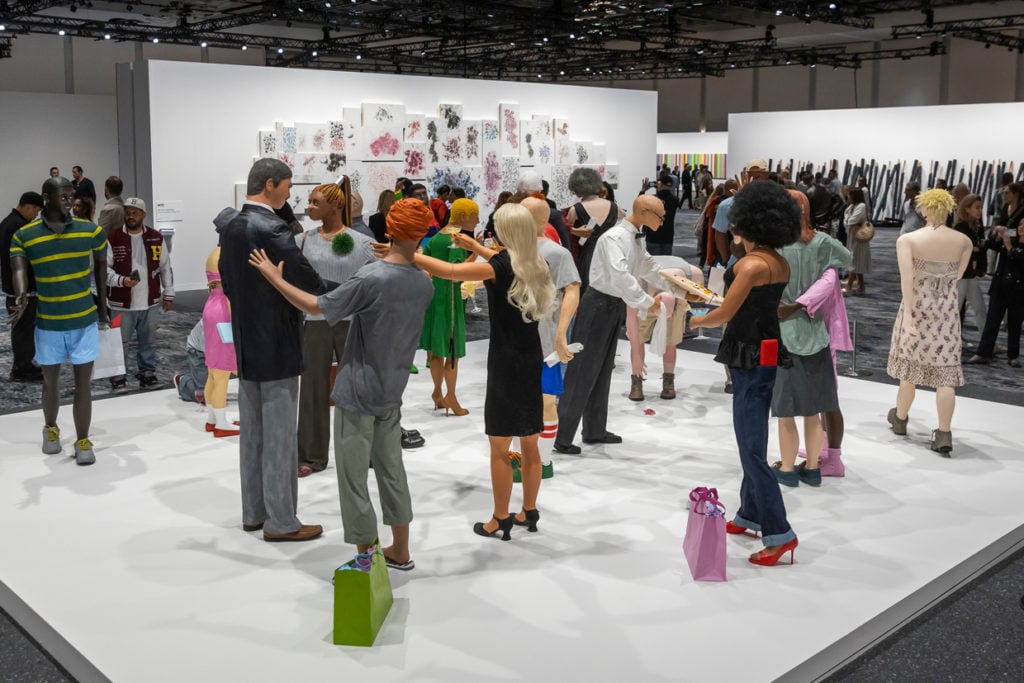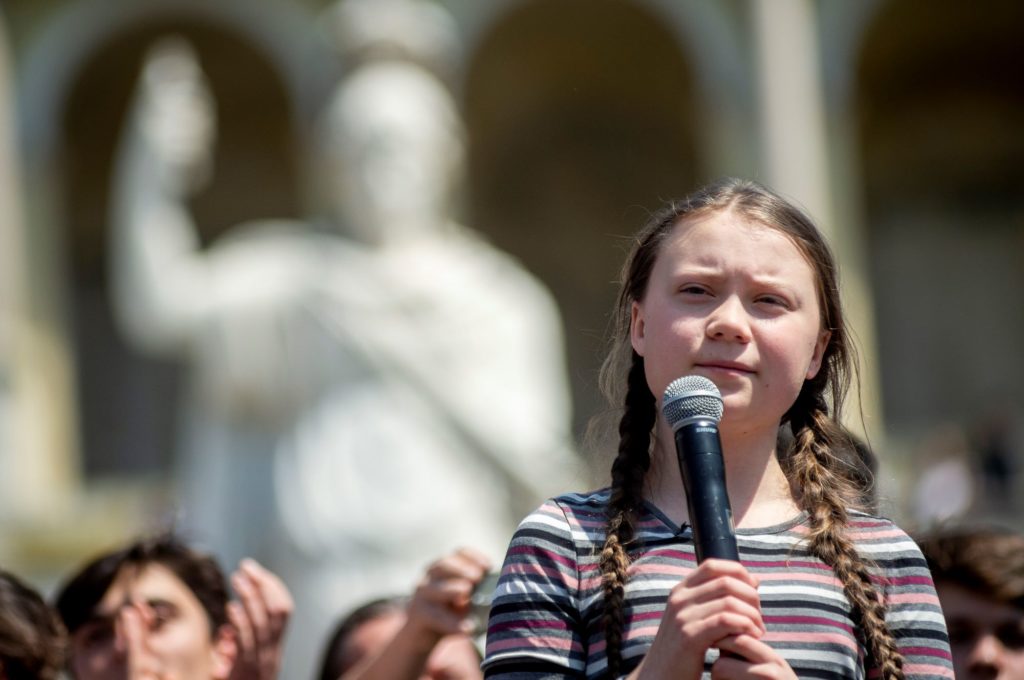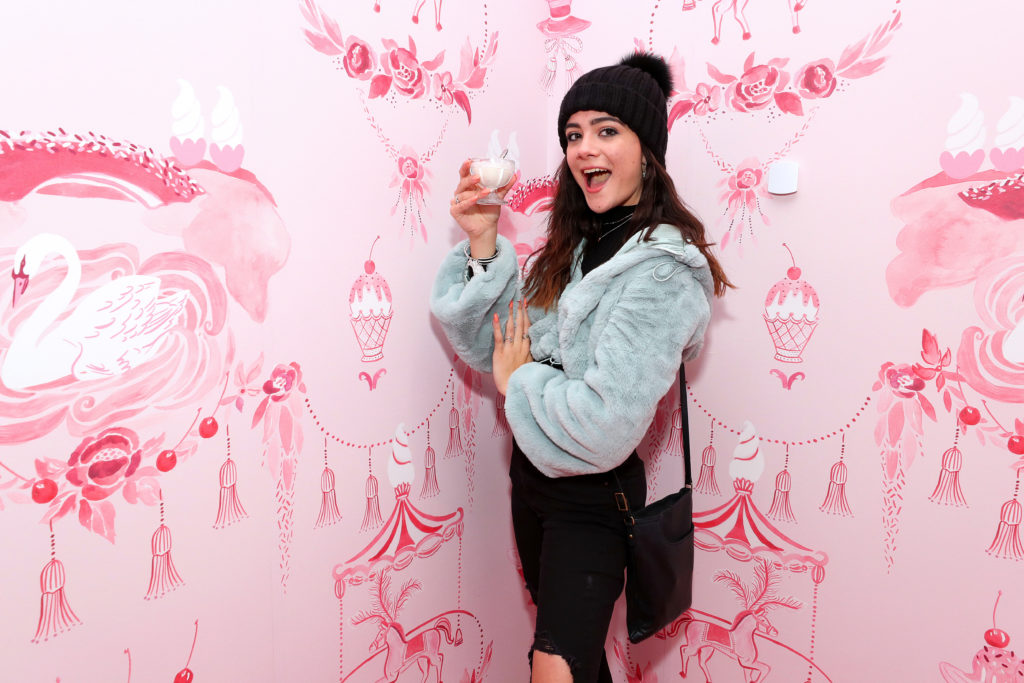Opinion
7 Dramatic and Highly Specific Predictions for the Art Industry in 2020
Our columnist dons his fortune-teller’s robes and peers into the near future of the ever-changing industry.

Our columnist dons his fortune-teller’s robes and peers into the near future of the ever-changing industry.

Tim Schneider

Ah, the early days of the new year: perhaps the only stretch of the calendar when it feels not just permissible but obligatory to spend serious time wondering which events among infinite possibilities might actually take place in the next 12 months.
It’s no different here in the art business. And after a 2019 that can be described as anything but calm, plenty of prospects have a real chance to alter the scene in ways big and small before 2020 closes. Here are the seven objectively (dis)provable predictions I’m ready to put my name on. Let’s dance…
From the exodus of several important exhibitors from its Baselworld watch fair and Swiss-Moto motorcycle fair, to the divestment and/or cancelation of nearly all of the regional art fairs the company added to its portfolio in the preceding two years, to the short-term abortion of an experimental, $15,000-per-ticket conference in Abu Dhabi in late November, a tower of turmoil has been building inside Art Basel’s parent company, the MCH Group, for much of the past 18 months. The company’s situation could get worse before it gets better, too, depending on how the ongoing unrest in Hong Kong affects Art Basel’s starry fair there in March.
However, I think the most underrated threat comes in the form of a shakeup triggered by the MCH Group’s own investors.
The day after the 2019 edition of Art Basel Miami Beach closed, my colleague Eileen Kinsella reported on a trove of internal documents that appeared to outline the most pressing strategic dangers to the organization. Among these was a strong and vocal dissatisfaction with the company’s direction from Erhard Lee, whose 10 percent stake in the MCH Group makes him its largest private shareholder. Also highlighted was profound unease about the intentions of Russian investor and art-world instigator Sergey Skaterschikov, who acquired nearly four percent of the MCH Group in October, and who is rumored to be interested in spinning off Art Basel from its parent company.

A view of Tom Friedman’s installation in Art Basel Miami Beach’s Meridians sector, presented by Stephen Friedman Gallery and Luhring Augustine. Photo: Courtesy of Art Basel.
Lee and Skaterschikov both qualify as activist investors: for the uninitiated, outsiders who buy large equity positions in what they perceive to be errant-but-undervalued companies, then go to war with the entrenched corporate leadership in an effort to chart a new, more profitable strategic direction. Remember when hedge-funder Dan Loeb leveraged a 9.6 percent stake in Sotheby’s into the ability to add two like-minded members to the auction house’s board, which would later go on to replace old-guard CEO William Ruprecht with new-school diversification hound Tad Smith? Textbook activist investing.
For now, the MCH Group’s current power brokers are fortunate that Lee and Skaterschikov seem to want to drag the company in polar-opposite directions. Lee argued that the MCH Group should sell off its entire array of trade fairs and channel its full resources into its live-marketing-solutions division (effectively, a consulting business for live events). The company’s leadership announced its intention to do the opposite last fall, and is publicly fighting Lee’s call for a special review of its operations at a high-level meeting to be held on January 29. With Art Basel now the indisputable queen on the MCH Group’s shrinking chessboard of assets, I suspect he’d fight like hell to prevent Skaterschikov from peeling it off.
That said, the Swiss canton of Basel-Landschaft rearranged its books last year so it could sell its 7.85 percent stake in the MCH Group if a buyer emerged. The Loeb-versus-Sotheby’s clash proves that if Lee, Skaterschikov, or allies of either one are able to swallow up most or all of those shares, they could have enough firepower to add or replace at least one board member. Any number of significant strategic shifts are possible from there, and Art Basel should be a focus of any of them. I expect we’ll see either the board shakeup or another strategic concession to appease the activists before 2020 ends.

A now-deleted Instagram photo of Victoria Baker Harber with Inigo Philbrick. Photo courtesy: Wikinetworth.com
Look, no one with full command of their senses is ever going to confuse me with Dog the Bounty Hunter or the Mandalorian. But here’s what I know about the most scandalous man-on-the-run saga of the art world’s past several years: there are currently at least three parties with a multimillion-dollar interest in getting Philbrick in front of a judge ASAP, including billionaires Simon and David Reuben. This almost undoubtedly means high-paid professionals are scouring the earth for him right now. No matter how much money and goodwill Philbrick may have had when he vanished late last year, those assets tend to run out quickly when desperation mounts.
Even history’s most virtuosic con men slip up eventually. And Philbrick’s romantic entanglement with a former reality TV star known for having no filter, as well as his use of social media to contact his victims (according to my colleague Kenny Schachter’s firsthand account), suggest he’s not ready to vanish into the jungle forever like Colonel Kurtz. All of which leads me to believe he’ll be in court, if not in custody, sometime during the first quarter of 2020.
While Warren Kanders’s resignation from the Whitney last July resulted from an extraordinary campaign of activism, it was also only the latest high point in a wave of institutional wokeness that had been building for more than a year beforehand. That wave pushed major museums on both sides of the Atlantic to turn away present or future gifts from the opioid-infamous Sackler family, wind down (or decline to renew) partnerships with fossil-fuel giants, and return Saudi riches after the killing of dissident journalist Jamal Khashoggi.
In the midst of Kandersgate, protesters began targeting other high-profile trustees for removal, most notably Steven Tananbaum at the Museum of Modern Art for his links to allegedly predatory lending in hurricane-ravaged Puerto Rico. But other activist groups, such as #MoMADivest and Code Pink, have ramped up different kinds of ethical pressure by advocating for American institutions to sell off their investment stakes in morally tainted enterprises like private prisons. I expect at least one of those institutions to listen.
Why? Mainly because it would attract as much positive attention as booting a problematic board member, only with dramatically less financial downside. Instead of instantly destroying a pipeline to millions of dollars in donations, museums would simply be funneling capital gains into other investments, some or all of which could be even more lucrative than oil and gas, defense and punishment, or certain forms of mass retail (think: sweatshop labor) and finance (see: the Tananbaum example). Plus, there is institutional precedent. As Kate Yoder recently noted in Grist, at least five American science museums, including Chicago’s Field Museum and New York’s American Museum of Natural History, have divested from fossil-fuel interests since 2016. Art museums are overdue to catch the spirit.

Swedish climate activist Greta Thunberg makes a speech in Rome in April 2019. Photo Antonio Masiello/Getty Images.
Shifts in demographics and the public consciousness aren’t just incentivizing nonprofits to take progressive action. They’re doing the same to for-profit entities, too. Welcome to the era of what marketing analyst Scott Galloway has dubbed “Woke as a Business Strategy,” an operational trend visible in everything from Walmart ending sales of assault-rifle ammunition in its stores to Kering, the luxury-goods syndicate that includes Gucci, Balenciaga, and Saint Laurent, agreeing to offset 100 percent of its carbon emissions.
In the art market, Woke as a Business Strategy also seems to be coalescing around combating the in-progress disaster of climate change. Art Basel already purchased carbon offsets for each of its traveling staff members, outside consultants, invited journalists, and speakers to Art Basel Miami Beach 2019. (Disclosure: I was one of those speakers.) In late December, Christie’s announced it would reduce the number of physical catalogue pages and other printed materials it would produce by 50 percent in 2020, and international gallerist Thaddaeus Ropac rented a large amount of additional storage space for the specific purpose of reusing custom crates for artworks.
Some dealer is going to take the next logical step in this progression soon by pledging full carbon neutrality, meaning that, like Kering, the crux of the plan will be to simply buy emissions offsets, which most climate activists regard as a band-aid solution. It’s cheaper than you probably realize. And even if Boomer buyers mostly don’t care, studies show that the next generation of wealth does, meaning there’s too much branding value to ignore for a trade desperate to attract new collectors. Non-binding hunch: keep your eye on Pace, which is betting bigger on youth and radical change than any of its competitors at the commercial apex.

Loie Hollowell in the studio. © Loie Hollowell, courtesy Pace Gallery. Photo: Melissa Goodwin
I’m increasingly convinced that some of the strongest trade winds have shifted back from underappreciated artists and estates to potential rising stars. We’re seeing a growing body of evidence for it in both the primary market (see: the clamor for Ghanaian figurative-painting sensation Amoako Boafo and other young artists during Miami Art Week) and the secondary market (see: the auction frenzy for works by the likes of Loie Hollowell, Julie Curtiss, and Tschabalala Self, each of whom had works go for at least $1.5 million under the hammer in 2019, per the Artnet Price Database).
This prediction is an attempt to quantify that theory of momentum. And to be clear, the $1 million figure here represents total sales of all works by each artist at auction in the opening six months of the year, not a single work by each artist blasting into seven-figure territory. (Note: I’m pegging this to auction results in the first half of 2020 only because the full year’s numbers won’t arrive in time for my annual roundup of how my predictions fared.)
I genuinely believe that Instagram and its parent company, Facebook, would prefer to implement content-moderation guidelines that would please artists in every medium, as well as any users (justifiably) offended by their inability to post harmless images that include the nonsense concept “the female nipple.” I think the platforms’ leadership was sincere when they met with a forum of artists at Instagram’s New York headquarters last October to discuss how to make their current censorship policies more enlightened. I trust the participants in that session who say that they think Facebook and Instagram are trying to do the right thing.
However, Facebook (and thus Instagram) is a for-profit business primarily concerned with ad revenue and growth—metrics that have been booming under the existing content-moderation guidelines. Instagram advertising is projected to account for as much as 70 percent of Facebook’s new revenue starting in 2020, and that growth has helped propel the company’s stock price from under $136 per share in early January 2019 to over $208 per share by late December.
Could Instagram perform even better if it too adopted Woke as a Business Strategy? Maybe. But when the numbers coming in are as juicy as those above, leadership has almost no incentive to alter what content Instagram should (and should not) allow, along with what processes it should use to judge where to draw the line.
This is especially true in light of the cautionary tale that was Tumblr, the proto-social-media platform bought by Yahoo! in 2013 for $1.1 billion and then sold off, just last year, by Yahoo!’s parent company, Verizon, for less than $3 million. You read that right: a 98 percent drop in value in six years, which largely resulted from consensus among investors and advertisers that its permissive attitude toward nudity (no matter how artsy) and adult content made Tumblr indistinguishable from a porn site. Case in point: WordPress’s only credible, reported competition to acquire Tumblr was Pornhub.
According to a statement from the National Coalition Against Censorship, “the only solid commitment made by Facebook” after the aforementioned summit with artists at Instagram HQ “was its intention to issue clarification around its guidelines that regulate what appears in searches and hashtags.” No details were provided on how or when, let alone if larger structural changes would arise, too. Given how much money is at stake, I expect those clarifications are all we’ll get this year.

Luann Diez attends the Museum of Ice Cream Soho Flagship Opening Party in December 2019. (Photo by Cindy Ord/Getty Images for Museum of Ice Cream)
Let’s end with a reminder of what the vaunted “democratization of art” can look like. Even though, at $38, a ticket to the freshly opened MOIC in Soho costs more than every major art museum in America, the Instagram mecca to soft-serve would only need to draw about 241,000 visitors to have cracked the top 20 of the Art Newspaper’s survey of the most magnetic shows of 2018. (That is, if the Art Newspaper suppressed its journalistic gag reflex and warped the eligibility criteria.)
Last August, the Wall Street Journal reported that the MOIC had welcomed over 1.5 million visitors across its various pop-ups and its permanent San Francisco location in about three years. If visitorship to museum shows in 2019 stayed at roughly 2018 levels, the MOIC’s New York flagship would need to attract less than one-sixth of that total by mid-December 2020 to make this prediction come true. Here’s betting it does… and in the process, once again reframes our understanding of what the public wants from its art (or “art”) experiences.